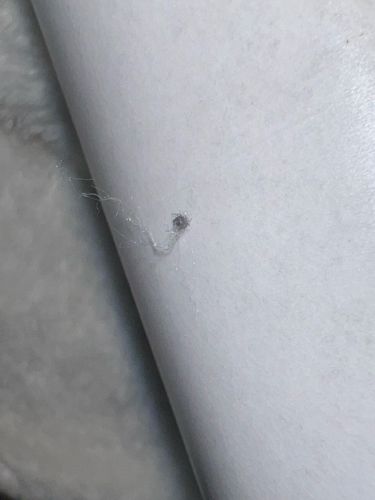Dust Mite
Scientific Name: Dermatophagoides spp.
Order & Family: Order Sarcoptiformes, Family Pyroglyphidae
Size: 0.2-0.5 mm (microscopic, generally invisible to the naked eye)

Natural Habitat
Commonly found in human dwellings, particularly in bedding, upholstered furniture, carpets, and air ducts. They thrive in warm and humid environments.
Diet & Feeding
Primarily feed on organic detritus, including flakes of shed human and animal skin (dander), as well as pollen, fungi, and bacteria.
Behavior Patterns
Dust mites are not parasites and do not bite or sting. They are most active at night when humans are sleeping, feeding on shed skin cells. They reproduce rapidly under favorable conditions, with a lifespan of about 2-4 months for females.
Risks & Benefits
Potential risks: Dust mites are a significant cause of allergies and asthma in humans. Their fecal pellets and body fragments can become airborne and, when inhaled, trigger allergic reactions such as sneezing, runny nose, itchy eyes, eczema, and asthma attacks. They offer no known benefits to humans or the ecosystem.
Identified on: 10/22/2025